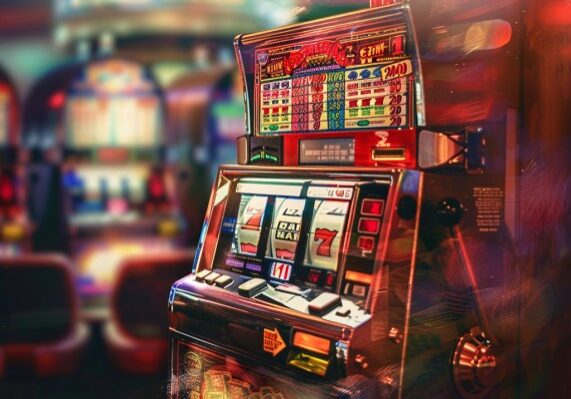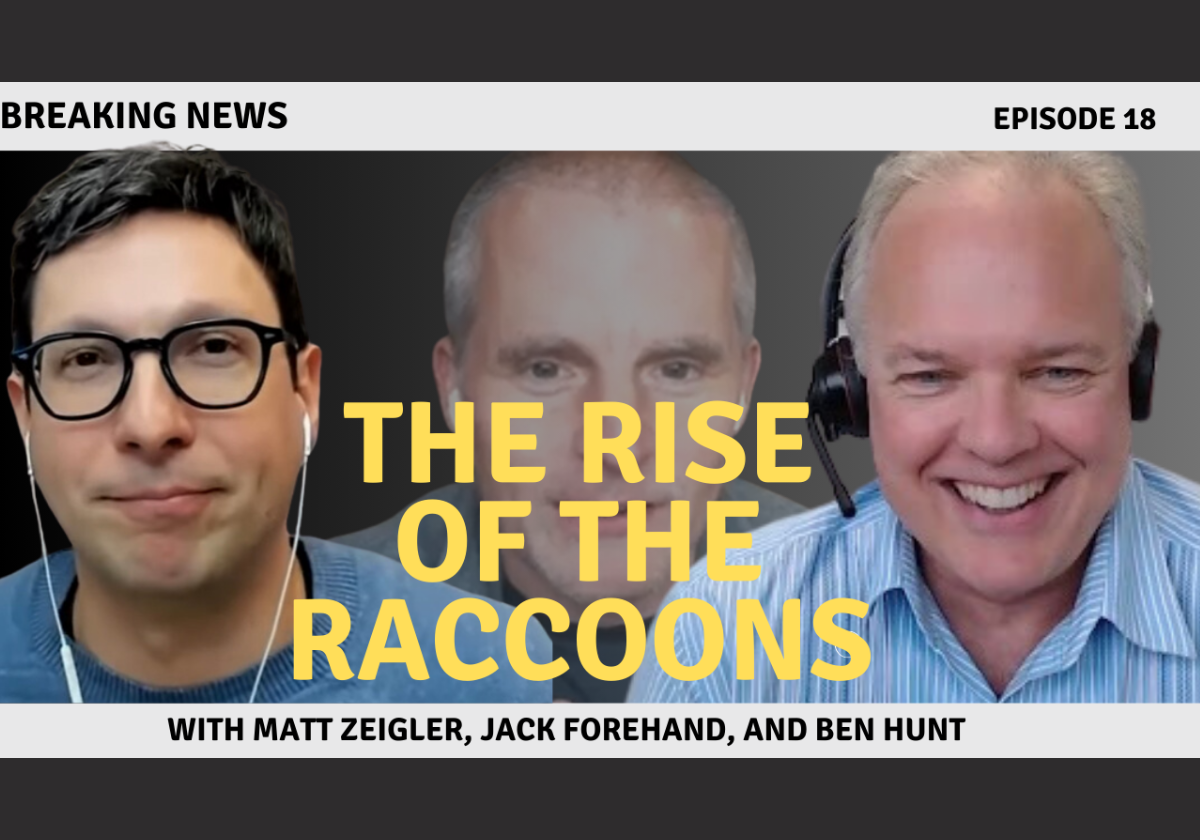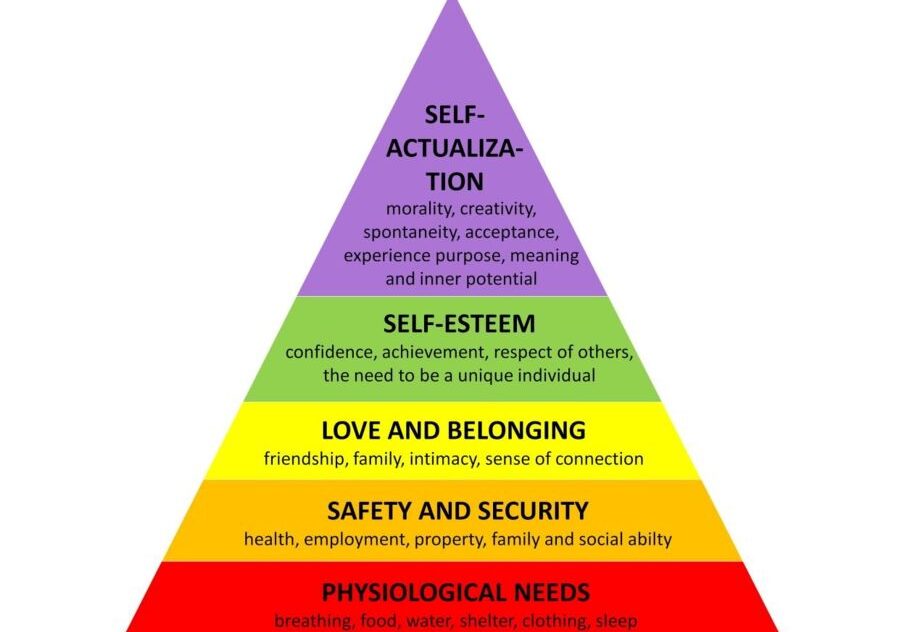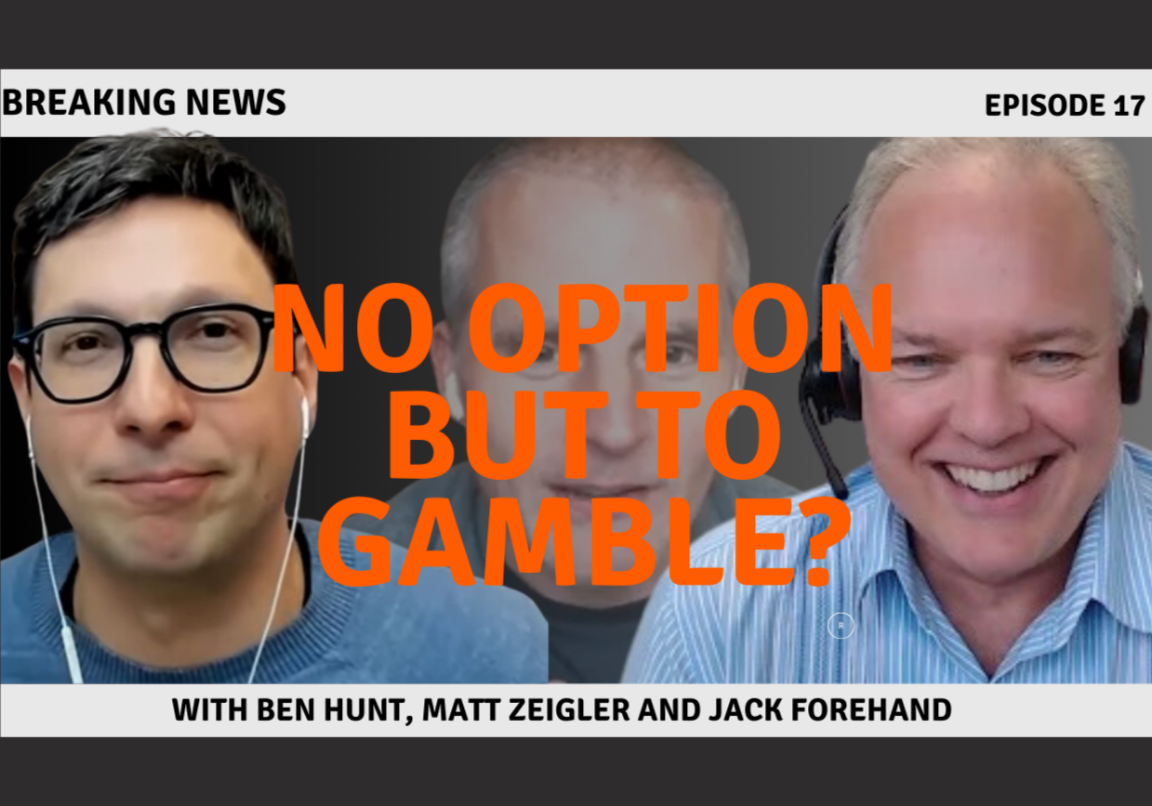Dedollarization is Not a Thing
To learn more about Epsilon Theory and be notified when we release new content sign up here. You’ll receive an email every week and your information will never be shared with anyone else.
Continue the discussion at the Epsilon Theory Forum
27 more replies
The Latest From Epsilon Theory
This commentary is being provided to you as general information only and should not be taken as investment advice. The opinions expressed in these materials represent the personal views of the author(s). It is not investment research or a research recommendation, as it does not constitute substantive research or analysis. Any action that you take as a result of information contained in this document is ultimately your responsibility. Epsilon Theory will not accept liability for any loss or damage, including without limitation to any loss of profit, which may arise directly or indirectly from use of or reliance on such information. Consult your investment advisor before making any investment decisions. It must be noted, that no one can accurately predict the future of the market with certainty or guarantee future investment performance. Past performance is not a guarantee of future results.
Statements in this communication are forward-looking statements. The forward-looking statements and other views expressed herein are as of the date of this publication. Actual future results or occurrences may differ significantly from those anticipated in any forward-looking statements, and there is no guarantee that any predictions will come to pass. The views expressed herein are subject to change at any time, due to numerous market and other factors. Epsilon Theory disclaims any obligation to update publicly or revise any forward-looking statements or views expressed herein. This information is neither an offer to sell nor a solicitation of any offer to buy any securities. This commentary has been prepared without regard to the individual financial circumstances and objectives of persons who receive it. Epsilon Theory recommends that investors independently evaluate particular investments and strategies, and encourages investors to seek the advice of a financial advisor. The appropriateness of a particular investment or strategy will depend on an investor’s individual circumstances and objectives.









These points are well taken , however , I would argue that some facts supporting the things have changed narrative.
Debt: Prior to 3Q 2008 our debt to GDP ratio was 63% today it’s over 120%. I know it was that high at the end of WW2 , but WW2 was the driver of the debt and it ended. The drivers of the debt today are just getting started.
The FED’s balance sheet was about 500 billion prior to 2008 , today it’s about 18x that amount.
Want to talk about loose money?
There is loose money supply ,and then there is this…this is not your father’s loose money supply.
I would contend that the dollars demise will not be linear , because the massive explosion of dollars into the system has not been linear.
This has been the cost of financing The Long Now—the house of cards is in the late innings.
I hear you, Lawrence, but even on this metric the USD is still the best house in an increasingly bad neighborhood. Japan’s debt-to-GDP ratio is 221%. China’s debt-to-GDP ratio is 270%.
To what is the USD going to lose its reserve status to?
I could be wrong but I think that number for China includes all debt (public and private).
If we look at total debt in the USA divided by GDP the number is somewhere around 750%.
China:
China Government Debt to GDP - 2022 Data - 2023 Forecast - 1995-2021 Historical.
Of course , the numbers coming out of China could be suspect.
I wish I could predict exactly how this party comes to an end. What I do know is that I would rather own gold, land , apartments, anything real over dollars at this point.
My only criticisms of the arguments in this post, which I am nowhere qualified enough to do justice to, is that yes, the dollar looks as strong as ever, and the people claiming dedollarization is imminent look foolish - if you do pay attention only to financial factors and ignore some of the geopolitical developments that have been happening in the intervening time. People have been predicting the dollar’s downfall for a long time, but only in recent years has the following interrelated combination of factors obtained:
It reminds of the scene in S4 of Breaking Bad where Mike is telling Gus: “Look, I know you’ve got your reasons for keeping him [Walter] alive, but I’m telling you, it’s a mistake. If it’s just him or the cartel, fine. But them both? That’s a whole different animal.”
If it’s just inflation, or it’s just deglobalization, or it’s just too much money printing, or its just conflict with China, okay that’s not too much to worry about. All of them happening together could be a whole different animal. I think that’s what I would mean if I were making the “slowly, then all at once” type of argument.
This.
The US dollar is not the reserve currency because it is intellectually the right choice or what not. It is simply the currency that everyone falls back to as the most stable in the world (rightly or wrongly).
I have a negative view of the US dollar that is an extension of a negative view of fiat currencies. So if I am abandoning the best of the worst (the US dollar) I am not scaling down the currency shit pile. I am going to find something that is a productive asset (ie not bitcoin) to put my money into. Probably in a remote region of the US with a good stock of ammunition.
Every currency transaction has two sides so grand total of all numbers each year is 200%.
Chart by me, with BIS data.
This is the caption to the international currency transactions bar graph. Is there an ‘Other’ not shown which fills in each year to arrive at 200% ? (If so, it might have been nice to use the same color code as in the ‘foreign exchange reserves’ graph.). If not, can you explain the bar graph a little more?
(Sorry if I’m missing something obvious.). Thanks!
Yes, although the vast majority of the China number is what we would consider to be public debt in the US and the rate of increase is faster than in the US. Point being that every country in the world has taken on enormous public (and private) debts alongside a global ZIRP regime.
Yes, the Other would be every other currency in the world not named USD, EUR, JPY, GBP and CNY.
Curious what you and/or @bhunt think would happen to the USD if the US were to go into a civil war? There certainly was a push towards that in mid-2020 as the election rhetoric was ramping up during the heat of the BLM covid summer. I think there was a good amount of astroturfing behind but there is quite the widening gyre here, so who knows…
Where would you buy them/hold them? Real estate in US is valued in dollars, as are companies and many commodities. To realize the. value, they are sold for dollars. Or are you making a different point that I am missing?